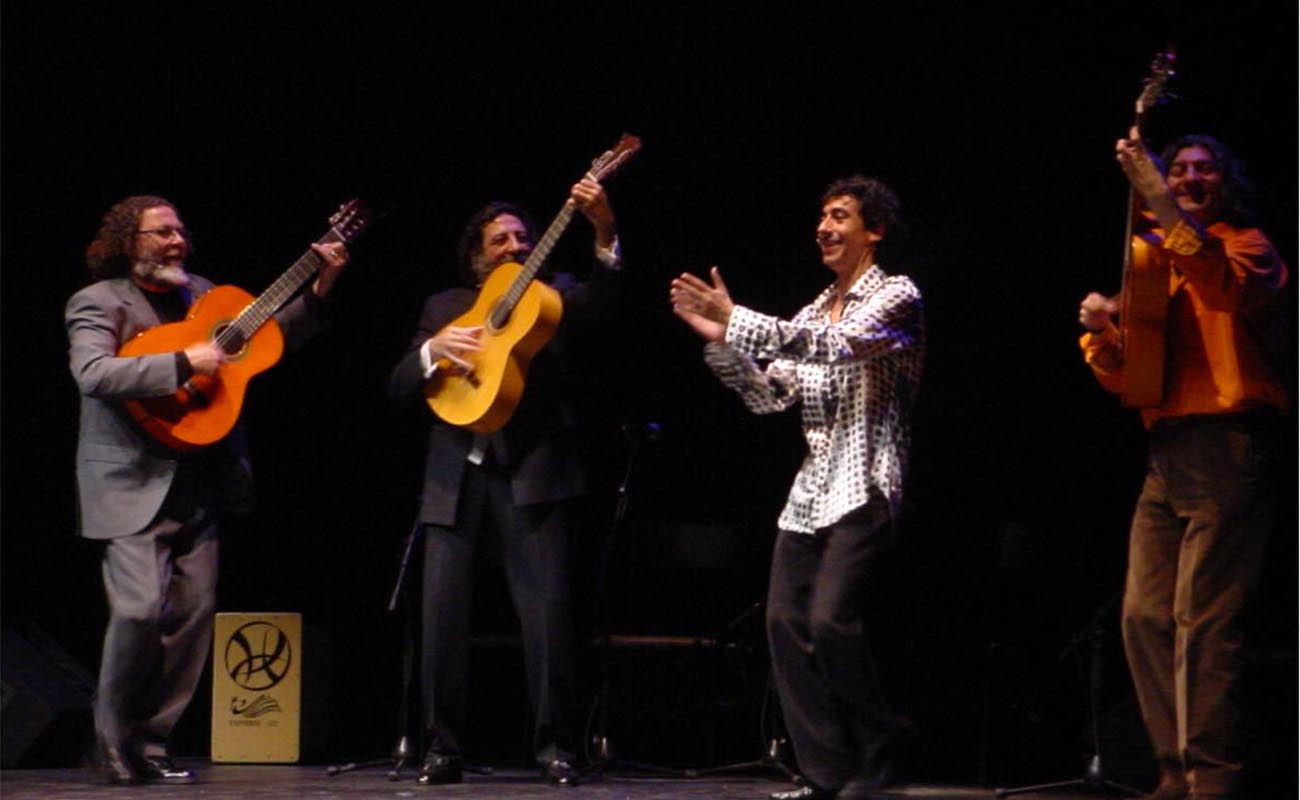The changing vocabulary of flamenco
So it should come as no surprise that the vocabulary of flamenco is susceptible to change as well. In actual fact, it always has been, although at a slower pace.

We spend a lot of time and virtual ink discussing the evolution of flamenco, an implacable energy that greases the wheels of change, for better or for worse. Fifty years ago Paco de Lucía’s clarity of vision set the pace in high gear, and the genre has never been the same since. Classic flamenco certainly continues to exist but it’s enveloped in a new aesthetic. There’s a different vocal delivery, guitarists’ fingers traipse up and down the neck of their instruments in search of chording that produces altered mental landscapes to accommodate new ways with the rhythm, while dancers use unaccustomed props and moves to inhabit all this creativity.
So it should come as no surprise that the vocabulary of flamenco is susceptible to change as well. In actual fact, it always has been, although at a slower pace. Even flamenco newbies know better than to say cantador or bailador rather than surpressing the “d” to get the much more familiar Andalusian versions, cantaor and bailaor. “Tocaor” is falling into disuse and being replaced by “guitarrista” which seems more dignified. And guitarristas no longer play “variaciones”, more recently called “falsetas”, because the structure of strum/falseta/strum/falseta has given way to seamless pieces of music that cause veterans to complain they can’t identify what they’re listening to.
I remember some 50 years ago in a conversation with friends when they corrected me for saying “por soleares”. Apparently the hip people were saying “por soleá”, and so it’s been to this day, although older aficionados still prefer the previous label. And who ever decided that palillos were to be called castañuelas?
Alegrías danced in the traditional way with all its parts, including the slow lyrical break in the middle is becoming difficult to find, but what are we to call that break? Over the decades I’ve heard it referred to as el silencio, la falseta and la filigrana.
It may surprise some people to know that the most annoying word of all is “palo”. You’ll often see older flamenco followers, over 60 or 70, grumble when someone younger speaks of “palos” to refer to what used to be known as “forms” or “cantes”. It’s impossible to know when the change took place, or whose written or spoken words put it in circulation. All we know is the usage appears to have begun around the end of the 1960s or beginning of the 70s. Singer Antonio Mairena, in his historic controversial book Mundo y formas del cante flamenco published in 1963, refers only to cantes and forms. Likewise, flamencologist and musicologist Hipólito Rossy doesn’t speak of “palos” in another pioneering book, Teoría del cante jondo published in 1966.
It’s clear a more suitable term was needed, because cante can be a verse, a single melody style, a song-form or a series of several elements as when a contract might stipulate that a singer is expected to perform six cantes. The word “form” is even more ambiguous. In the so-called “green book” of Luis Soler Guevara and Ramón Soler Diaz, Antonio Mairena en el Mundo de la Siguiriya y la Soleá, in 538 pages the word “palo” appears only 4 times, although the subject of the landmark work is precisely a detailed study of styles of cante. The book was published in 1992 by which time “palo” was the clear winner of the vocabulary issue, but one of the authors belongs to the age group that is historically reluctant to acknowledge that word, which may account for its near absence.
You occasionally hear the word “palo” [stick] defended by association with the custom of knocking out rhythm on a wooden table or bar, or with a cane, but that excludes all the free-form cantes. It seems somewhat easier to prop up the explanation that “palo” refers in Spanish to the four suits of a deck of playing-cards. For what it’s worth, the Real Academia Española, maximum authority in linguistic issues regarding Spanish, gives more than 20 usages for the word “palo”. No. 11 is: Each one of the traditional varieties of flamenco singing. Well ok, if the RAE says so. But then what’s to be done with zapateado, a dance form that has no associated vocals?
Top image: Diego Carrasco, Manuel Molina, Tomasito y Moraíto en el Festival de Nimes 2006. Photo: Estela Zatania






